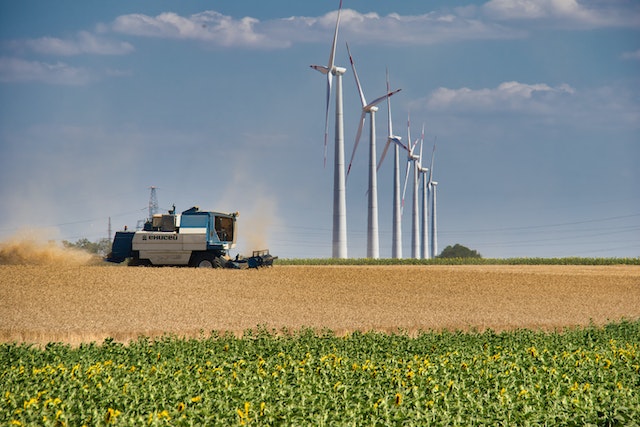Electricity bills are an inescapable part of modern life. We rely on electricity for almost everything, from powering our homes and gadgets to running industries and businesses. But what if we told you that there might be a way to access electricity for free? While it may sound like a pipe dream, this blog will explore some intriguing concepts and methods that could potentially lead us closer to the elusive goal of free electricity.
- Solar Power: Harnessing the Sun’s Energy
One of the most promising sources of free electricity is solar power. Solar panels, which convert sunlight into electricity, have become increasingly affordable and efficient. When installed on rooftops or in open spaces, they can generate electricity for your home, reducing or even eliminating your dependence on the grid. Excess energy can even be sold back to your utility company, potentially earning you money over time.
Advancements in solar technology, such as thin-film solar cells and flexible solar panels, are making it easier to integrate solar power into various aspects of our lives. Additionally, solar-powered gadgets like solar chargers and outdoor lights provide a glimpse of a future where solar energy is readily accessible to everyone.
- Wind Power: Harnessing the Power of the Breeze
Wind turbines are another renewable energy source that can provide free electricity. These towering structures capture the kinetic energy of the wind and convert it into electrical power. While wind turbines are more common in rural areas and wind farms, smaller wind turbines designed for residential use are also available.
Although wind power requires specific conditions (consistent wind speeds and proper location), it can be an excellent complement to solar power. The combination of both can create a reliable and sustainable source of electricity.
- Energy Harvesting: Tapping into Ambient Energy
Energy harvesting is a fascinating concept that involves capturing small amounts of energy from the environment to power low-energy devices. Some examples include piezoelectric materials that generate electricity from vibrations, thermoelectric generators that convert heat into electricity, and even devices that harness kinetic energy from human motion.
While these methods may not provide enough power to run your entire home, they have the potential to eliminate the need for batteries in some devices and reduce overall energy consumption.
- Off-Grid Living: Reducing Dependence on the Grid
Living off the grid, although challenging, is a way to achieve a degree of free electricity. By generating your own power through a combination of renewable sources like solar panels, wind turbines, and backup generators, you can significantly reduce your reliance on the utility grid. Energy-efficient appliances and practices can further stretch your resources.
Off-grid living offers independence and sustainability benefits, but it’s essential to consider factors like energy storage and backup systems to ensure uninterrupted power supply.
- Energy-Efficiency: The Path to Reducing Bills
While not directly providing free electricity, adopting energy-efficient practices and technologies can significantly lower your energy bills. Simple steps like sealing drafts, using LED lighting, and upgrading to energy-efficient appliances can make a substantial difference in your monthly expenses.
Moreover, many governments offer incentives and rebates for adopting energy-efficient measures, further reducing your costs.
